Mixing it Up in the Dead Sea
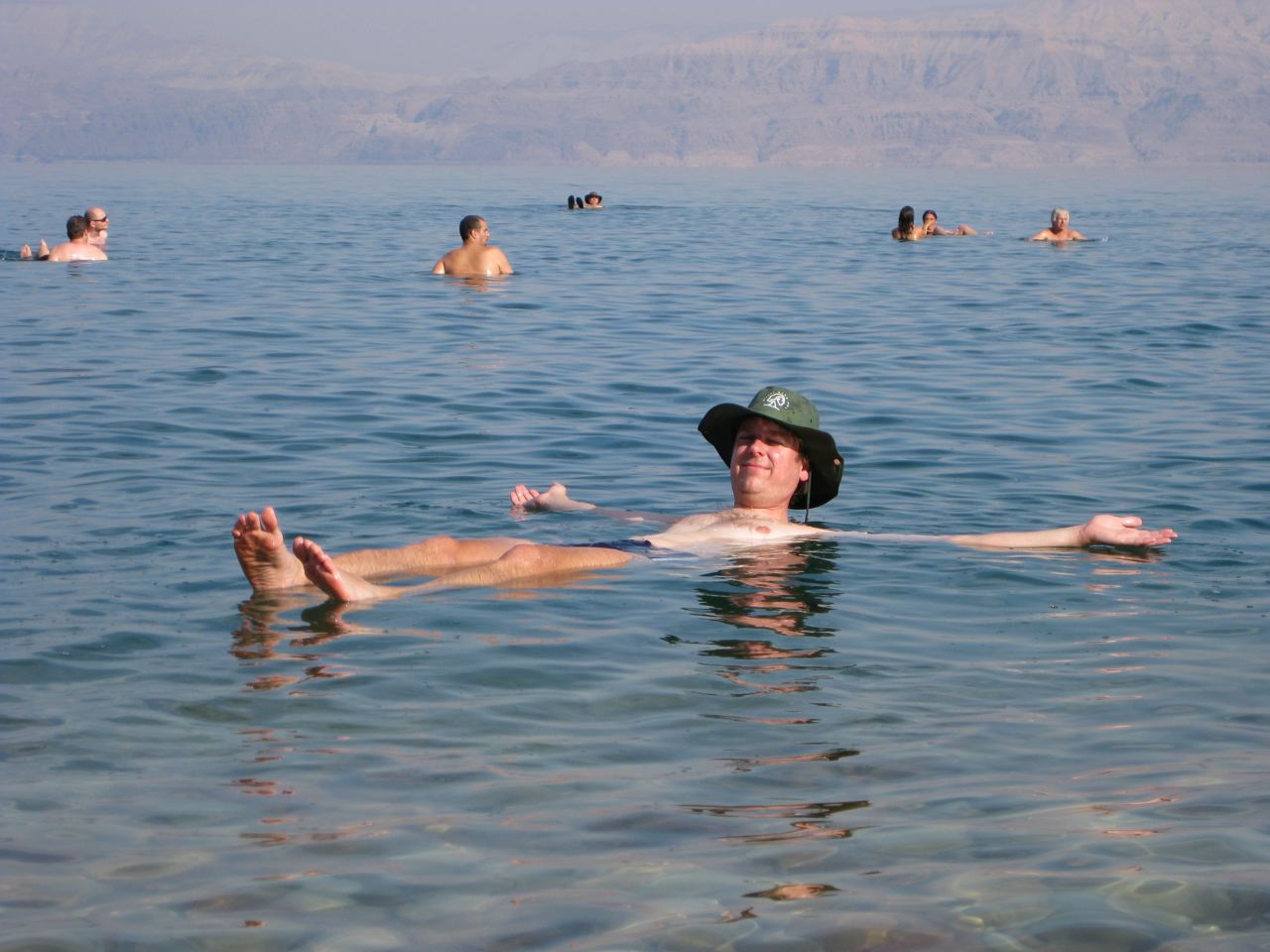 Work from Ben Gurion University in Israel uses MITgcm to explore the importance of non-hydrostatic effects in the Dead Sea.
Work from Ben Gurion University in Israel uses MITgcm to explore the importance of non-hydrostatic effects in the Dead Sea.
Where the River Meets the Sea
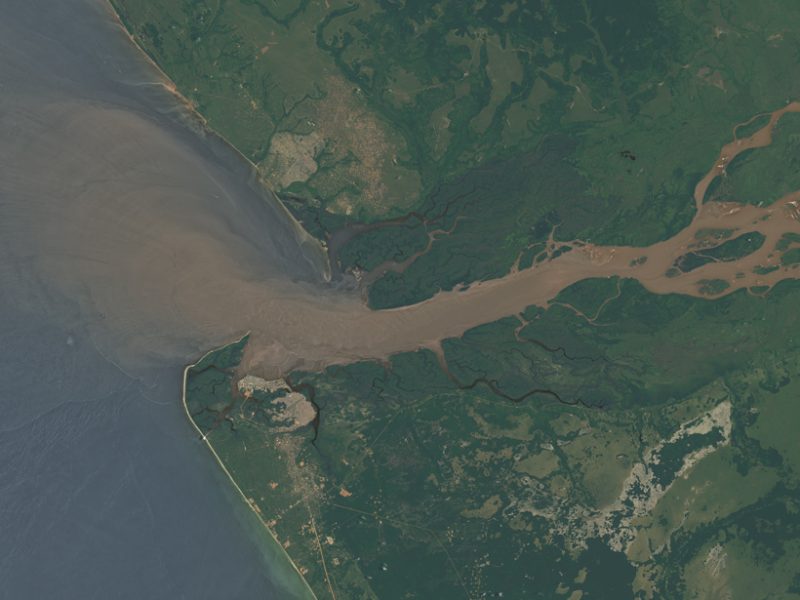 A group from Japan has been using MITgcm to explore the spreading of river plumes.
A group from Japan has been using MITgcm to explore the spreading of river plumes.
How the Ocean Breaths
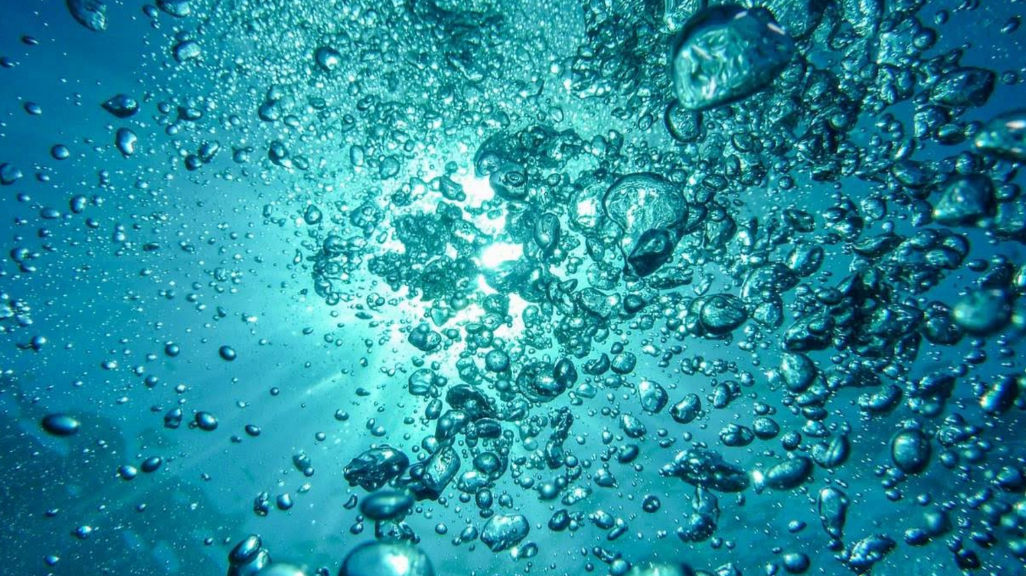 This month we spotlight research from a Georgia Tech team who have been revisiting early modeling experiments using MITgcm to take a closer look at oxygen uptake during deep convection.
This month we spotlight research from a Georgia Tech team who have been revisiting early modeling experiments using MITgcm to take a closer look at oxygen uptake during deep convection.
MITjcm
 This month we look at work by Yohai Kaspi (a NOAA Climate and Global Change postdoctoral fellow currently working with Tapio Schneider at Caltech) who has been using MITgcm to model the atmosphere on a Jupiter-like gas giant…
This month we look at work by Yohai Kaspi (a NOAA Climate and Global Change postdoctoral fellow currently working with Tapio Schneider at Caltech) who has been using MITgcm to model the atmosphere on a Jupiter-like gas giant…
Sea Ice
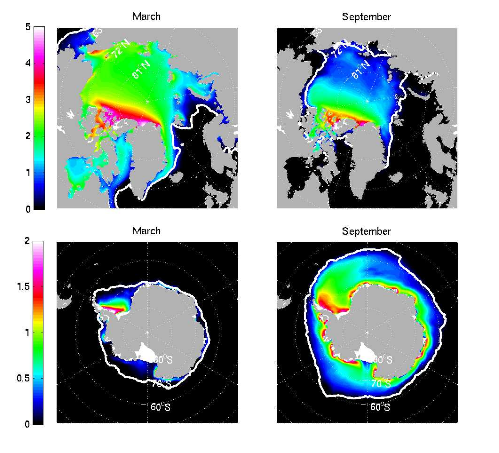 Work by Martin Losch of the Alfred-Wegener-Institute, Bremerhaven, Germany, Jean Michel Campin, Patrick Heimbach, Chris Hill (at MIT) and Dimitris Menemenlis (JPL) extending the reach of the MITgcm in to the Polar oceans, with the development of a dynamic-thermodynamic sea-ice model and its adjoint…
Work by Martin Losch of the Alfred-Wegener-Institute, Bremerhaven, Germany, Jean Michel Campin, Patrick Heimbach, Chris Hill (at MIT) and Dimitris Menemenlis (JPL) extending the reach of the MITgcm in to the Polar oceans, with the development of a dynamic-thermodynamic sea-ice model and its adjoint…
PRM
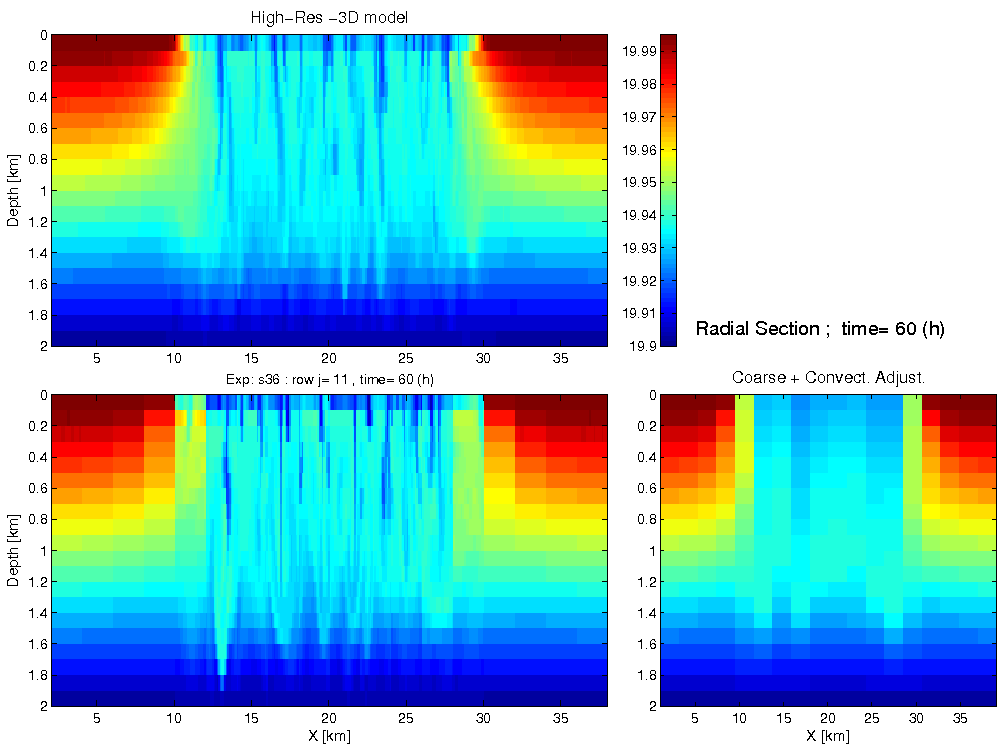 Work by Jean-Michel Campin, Chris Hill, Helen Jones and John Marshall at MIT using the MITgcm to exploit a multi scale superparameterization approach to increase efficiency in modeling oceanic deep convection (ODC)…
Work by Jean-Michel Campin, Chris Hill, Helen Jones and John Marshall at MIT using the MITgcm to exploit a multi scale superparameterization approach to increase efficiency in modeling oceanic deep convection (ODC)…
